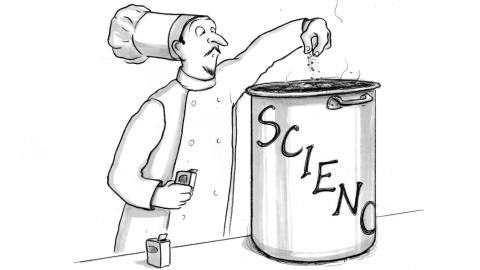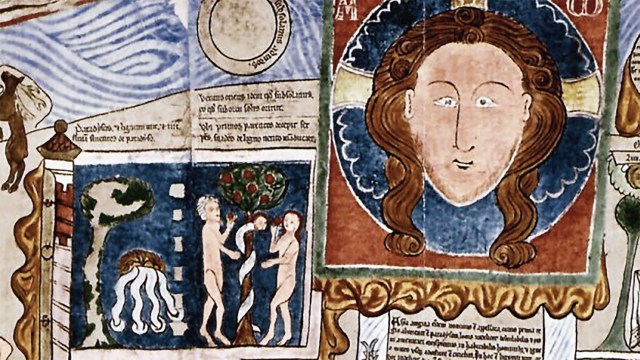Our Recipe for Science & How Facts Became Facts

How did the recipe for what we now call science arise?
1. In The Invention of Science: A New History of the Scientific Revolution, David Wootton presents a feast of details on how science’s key ingredients and practices arose — the language, tools (conceptual and physical), and techniques that we now take for granted.
2. The idea of discovery, Wootton says, wasn’t active until Christopher Columbus dethroned the prior “there’s nothing new under the sun” mindset (Ecclesiastes).
3. Ancients texts were believed even when easily falsifiable by experience. For example, lore claiming that garlic deactivated magnets was repeated by 17th century writers.
4. Even “the fact of the fact had to be invented.” Before becoming a “thing known to be true” (1630s) it meant a deed, often criminal (as in “accessory after the fact”). Killer facts were deployed against common or “Vulgar Errors.” (A key Enlightenment text was first conceived — like this blog — as a curative “compendium of errors”).
5. Francis Bacon assigned “the leading roles in shedding light on nature to artificial things” (1611). Previously, it wasn’t clear that artificial experiments, “nature vexed,” could explain her natural workings.
6. Although ancients like Ptolemy and Galen tinkered, the first great systematic experimenter was Ibn al-Haytham, 11th-century author of Optics (self-proclaimed “enemy of all he reads”).
7. Wootton calls William Gilbert, author of On The Magnet (1600) the modern era’s “first great experimental scientist.” Although “scientist” wasn’t coined till much later.
8. Why the 600-year gap? Wootton’s blameworthy factors include philosophers trained to defer to Aristotle’s authority (and his preference for deductive knowledge), and the lowly manual tasks experiments required.
9. Wootton says Gilbert’s book enabled “a different world” — Gilbert showed readers how they could verify his claims (rather than relying on his authorial authority). Galileo modelled his “new philosophy” on Gilbert’s.
10. Wootton’s recipe for science also includes a scientific community, with shared practices, and formal procedures for verification and dispute resolution (e.g., The Royal Society’s motto: “Take nobody’s word for it”).
11. Printing enabled greater “intertraffic of the mind” — Gilbert felt vexed by “so vast an ocean of books whereby the minds of studious men are … fatigued.”
12. Gilbert’s book was a “collection of experimental recipes,” and recipes themselves (circulated in manuscript or print) played a role in “the rise of experimental science.”
13. Cooks and craftspeople had long been experimenting to “verify and improve knowledge ... (e.g., Lady Experimenters 1570–1620; Women, Science and Medicine, 1500–1700; and Recipes for Thought).
14. The first printed use of scientist was in 1834 in a review of a Mary Somerville book (perhaps partly prompted by need for a gender-neutral term).
Wootton wonderfully describes how our recipes for reliable scientific knowledge were painstakingly built.
Illustration by Julia Suits, The New Yorker cartoonist & author of The Extraordinary Catalog of Peculiar Inventions





